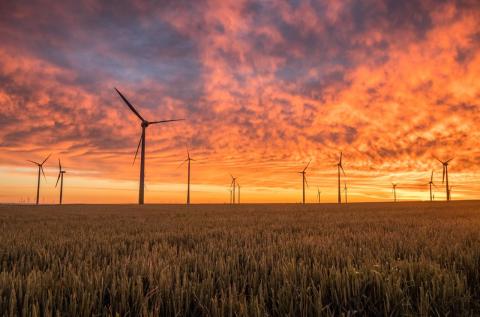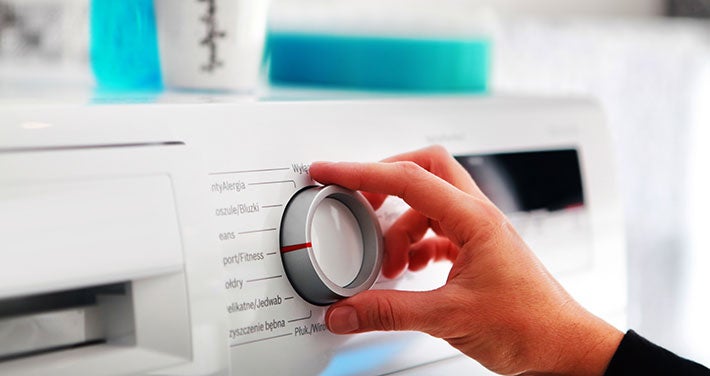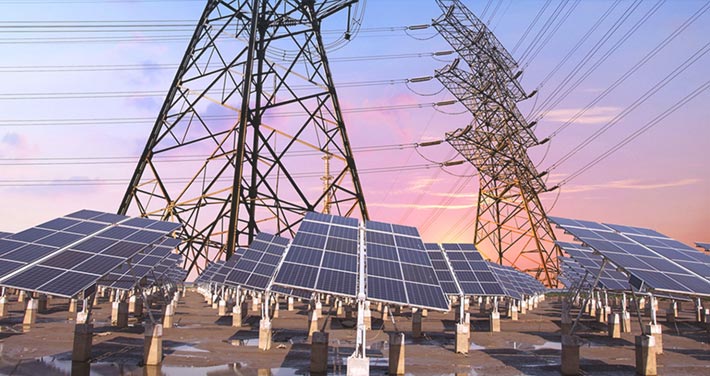With Earth Day just around the corner and the national average gas price now exceeding $4 per gallon, we thought it would be a good time to brush up on our energy knowledge. This 10-question multiple-choice quiz serves to do just that, with questions ranging from energy efficiency and clean energy to ways that you can start conserving energy in your home right away.
- What percentage of total energy use in the United States is supplied by forms of renewable energy?
- A. 5%
- B. 12%
- C. 23%
- D. 35%
2. In the typical home, what is responsible for the largest amount of energy consumption?
- A. Lighting
- B. Cooking
- C. Space heating (heating the house itself)
- D. Water heating (for showers and laundry)
- E. Electronic devices
3. Solar, geothermal, wind, biomass, and hydropower are considered renewable because they:
- A. Can be converted directly into heat and electricity
- B. Are replenished by nature in a relatively short amount of time
- C. Are free to use
- D. Do not produce pollution
4. Approximately how much energy from a coal-burning power plant actually gets converted into electricity?
- A. One quarter
- B. One third
- C. One half
- D. Three quarters
5. Of the following, the most impactful action you can take to reduce your carbon footprint is:
- A. Turn off lights when not in use
- B. Drive a hybrid or electric car
- C. Eat a plant-based diet
- D. Air-dry your laundry
6. Which of the following laundry strategies saves the most energy?
- A. Washing full loads
- B. Using high-efficiency detergent
- C. Line-drying your laundry
- D. Washing in cold water
7. What energy saving method could save you the most on your heating and cooling bills?
- A. Turning back your thermostat 7 to 10 degrees for 8 hours a day
- B. Seal uncontrolled air leaks
- C. Swap LEDs for incandescent bulbs in the five lamps you use the most
- D. Lower the temperature of your water heater by a few degrees
8. Compared to people in many developing countries, Americans use about
- A. Two times more energy
- B. Ten times more energy
- C. Half as much energy
- D. Fifty times more energy
9. Which country gets the highest percent of its energy from clean sources?
- A. Germany
- B. United States
- C. Iceland
- D. Canada
10. Which renewable energy source provides the most energy in the US?
- A. Wind
- B. Solar
- C. Geothermal
- D. Wood-derived fuels
Fun Fact: Switching to wind, water, and solar energy worldwide could eliminate 4 to 7 million deaths caused by air pollution every year.
Answers:
- As of 2020, 12.4% of US energy use is supplied by renewable energy sources. This includes biomass, hydropower, wind, solar, and geothermal. 78.5% of the US energy supply comes from fossil fuels, while 8.9% is from nuclear energy.
- Space heating accounts for approximately 43% of energy consumption in the typical American home, followed by water heating, then air-conditioning.
- Renewable energy, often referred to as clean energy, comes from natural sources or processes that are constantly replenished. For example, sunlight or wind keep shining and blowing, even if their availability depends on time and weather.
- Most coal-fired power stations are no more than 37% to 38% efficient. More than 60% of the energy used for the generation of electricity from coal is lost in the conversion process.
- The meat and dairy industries use one-third of the Earth’s fresh water. A single quarter-pound hamburger requires 460 gallons of water to produce – the equivalent of 30 showers.
- Clothes dryers are exceptionally energy-hungry appliances, and consume more electricity than even an inefficient washing machine, which makes line-drying an easy way to cut back on your energy use.
- Sealing uncontrolled air leaks, particularly around doors and windows, is easy to do and can save as much as 10% to 20% on your energy bill.
- The average American uses 50 times more energy than the average person in a developing country.
- Iceland generates 100% of their energy from renewable sources, with 73% derived from hydropower and 27% from geothermal.
- There are now more than 45,000 wind turbines in the United States, generating enough energy to power 15 million homes.
Key Takeaways
- In just one hour, the sun provides enough solar energy to supply the entire planet with electricity for a full year.
- The Nobel Prize for the discovery of the photoelectric effect (which led to the development of solar panels) was awarded to Albert Einstein in 1921.
- Although the United States is one of the top three oil consuming countries in the world, it is ultimately a net exporter of refined petroleum products.





